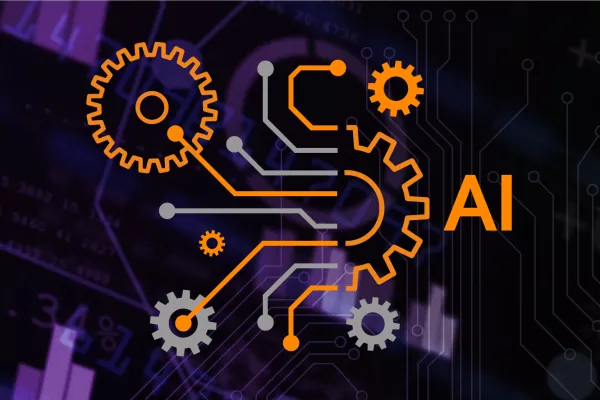Let's explore how these features are being applied to revolutionise industries.
The Technology Behind the Transformation
At the heart of AI-driven integration is Machine Learning (ML). ML algorithms analyse vast datasets to identify patterns, predict outcomes, and automate tasks. The more data an ML model processes, the smarter and more accurate it becomes. This is how an application can learn to spot anomalies in your usage data or correctly categorise an inbound email without human intervention.
Natural Language Processing (NLP) is what bridges the gap between human language and complex data. NLP allows a user to ask a question in plain English, like "Show me last month's sales figures," and get an immediate, accurate report. It democratises data, allowing everyone on your team—not just data scientists—to make data-driven decisions.
Real-World Applications of AI Integration
- E-commerce: Creating Personalised Shopping Experiences AI allows retailers to merge data from web analytics, CRMs, and loyalty programs to build a unified customer profile. When a shopper abandons their cart, AI can integrate this data in real time to trigger a personalised follow-up email with a special offer, boosting conversion rates and customer loyalty.
- Logistics: Plain English Workflow Automation A logistics company can empower its team to write workflow rules like, "If the transport document contains the word 'Hazardous', route the job to the specialist team." The AI uses NLP to understand this rule and automatically compares it to incoming documents, ensuring compliance and efficiency without any complex coding. The AI can also extract key data like addresses and contact information to pre-populate fields in the job.
- Professional Services: Intelligent Document Analysis Imagine your accounting team receiving dozens of invoices a day. With AI-powered Document Intelligence, the system can automatically scan each PDF, extract the supplier name, VAT number, invoice date, and total amount, and then create a draft entry in your accounting software. This drastically reduces manual data entry and eliminates costly errors.
- Healthcare: Synchronising Patient Data In healthcare, AI is used to unify fragmented patient data from different systems—records, billing, prescriptions, and imaging. This gives a physician a 360-degree view of a patient's history in seconds, flagging potential allergies or suggesting diagnoses. This improves the quality of care and enhances patient safety.
These examples are not futuristic concepts; they are practical solutions being implemented today. By partnering with experts, you can build these same efficiencies into your own business operations.
Interested in seeing how AI can be applied to your unique challenges?
Contact Qdos.digital for a free consultation and let's build your customised solution.







